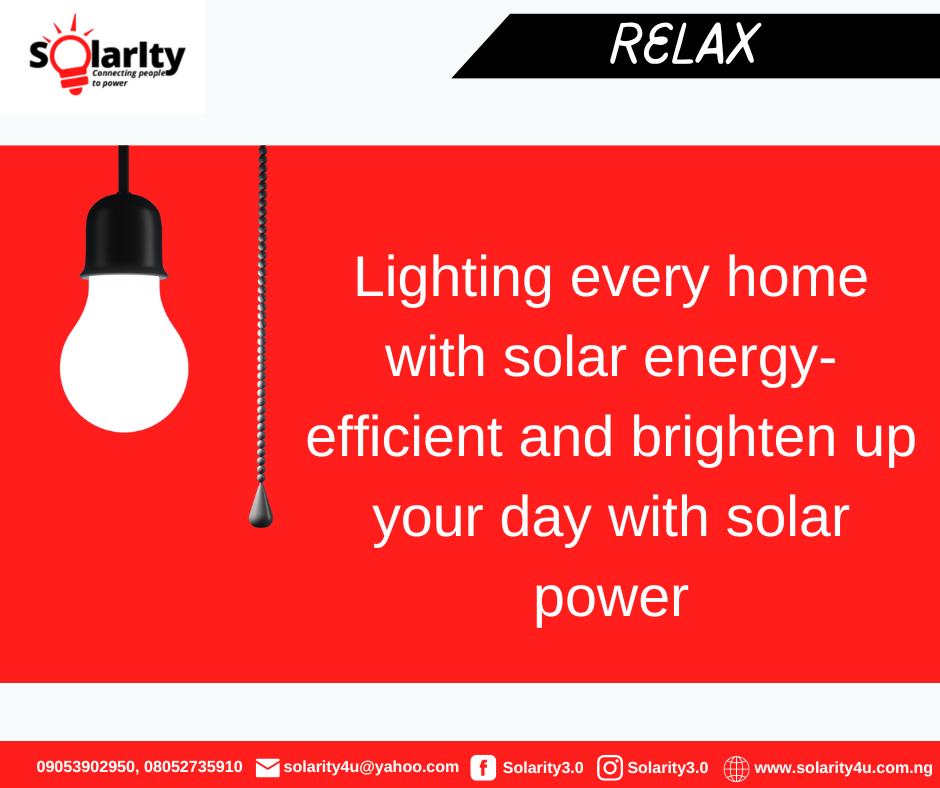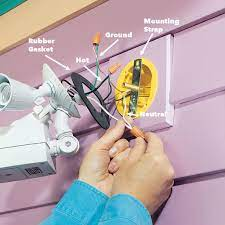In recent years, solar lights have gained popularity as a sustainable and cost-effective lighting solution for both indoor and outdoor spaces. With advancements in technology, installing solar lights has become easier than ever, offering flexibility and convenience. In this blog, we will explore 6 easy and flexible ways to install solar lights, allowing you to embrace renewable energy and brighten up your living spaces effortlessly.

1. Choose the Right Solar Lights
The first step in the installation process is to choose the right solar lights for your needs. Consider the area you want to illuminate and the purpose of the lighting. There are various types of solar lights available, including stake lights, wall-mounted lights, string lights, and motion sensor lights. Select lights that are suitable for your specific application to ensure optimal performance and functionality.
2. Determine the Ideal Location
Identify the ideal location for installing the solar lights. For outdoor lighting, consider areas that receive ample sunlight throughout the day, such as pathways, patios, or gardens. Ensure that there are no obstructions, such as trees or buildings, casting shadows on the solar panels. Indoor solar lights can be placed near windows or in well-lit areas to capture sunlight effectively.

3. Check for Proper Sunlight Exposure
Before installation, it is crucial to assess the sunlight exposure in the chosen location. Solar lights require direct sunlight to charge efficiently. Check the area at different times of the day to ensure it receives sufficient sunlight. Avoid installing lights in shaded areas or places prone to obstructions that may limit sunlight exposure.

4. Install with Ease
One of the greatest advantages of solar lights is their easy installation process. Most solar lights come with built-in stakes or brackets for mounting. For stake lights, simply insert them into the ground, making sure they are secure and stable. Wall-mounted lights require attaching the bracket to the desired surface and securing the light onto it. Follow the manufacturer’s instructions for a smooth and trouble-free installation.

5. Adjust and Customize
Solar lights offer flexibility in terms of adjustment and customization. Many lights come with adjustable angles or pivoting heads, allowing you to direct the light exactly where you need it. Take advantage of these features to achieve the desired lighting effect. Additionally, consider customizing the brightness or color settings, if available, to create the perfect ambiance for your space.
6. Maintain and Monitor
To ensure optimal performance, regular maintenance and monitoring are necessary. Clean the solar panels periodically to remove dust, debris, or any buildup that may hinder sunlight absorption. Check the batteries and replace them if needed. Keep an eye on the lights during extreme weather conditions and adjust their positioning if required. Regular maintenance will maximize the lifespan and efficiency of your solar lights.
Conclusion:
Installing solar lights has never been easier or more flexible. By selecting the right lights, identifying suitable locations, and ensuring proper sunlight exposure, you can effortlessly brighten up your living spaces while embracing renewable energy. The easy installation process, along with the ability to customize and adjust, makes solar lights a convenient and sustainable lighting solution for both indoor and outdoor areas. Upgrade your lighting with solar power and enjoy the benefits of energy efficiency and eco-friendliness in a hassle-free manner.

What are the Key Considerations for Choosing a Solar Inverter?
When selecting a solar inverter for your home, there are several factors to consider: Size and Capacity Ensure the inverter you choose can handle the energy output of your solar panels. An undersized inverter will bottleneck your system’s performance, while an oversized one may not be cost-effective. Efficiency Ratings Look
What is a charge controller?
A solar inverter charge controller is another critical component in a solar power system. It regulates the voltage and current coming from the solar panels to ensure that batteries are charged safely and efficiently. Why You Need a Charge Controller Batteries have specific charging requirements, and without proper regulation, you
How Solar Inverters Work in Homes
Harnessing the sun’s power for electricity isn’t just about mounting solar panels on your roof and calling it a day. There’s a critical component in the mix that often doesn’t get as much limelight but plays a pivotal role in your home solar system—the solar inverter. Understanding how solar inverters
Understanding the Basics of Solar Inverters
Harnessing the power of the sun through solar panels is becoming increasingly popular as the world moves towards sustainable energy sources. But the electricity generated by solar panels isn’t immediately ready to power your home. This is where solar inverters come into play, playing a crucial role in any solar
Unlock Solar Savings: Top Tips for Choosing a Budget-Friendly Inverter
Harnessing the power of the sun for electricity is a smart move, both for the environment and your wallet. But when you’re setting up a solar panel system, choosing the right inverter is crucial to ensuring efficiency and cost-effectiveness. Here are some top tips for selecting the best inverter that
Can solar standing fans be used in conjunction with other power sources?
Yes, solar standing fans can be used in conjunction with other power sources to provide flexibility in usage and ensure continuous operation, especially during periods of low sunlight or at night. Here are some ways solar standing fans can be combined with other power sources: Battery Backup: Many solar-powered fans

